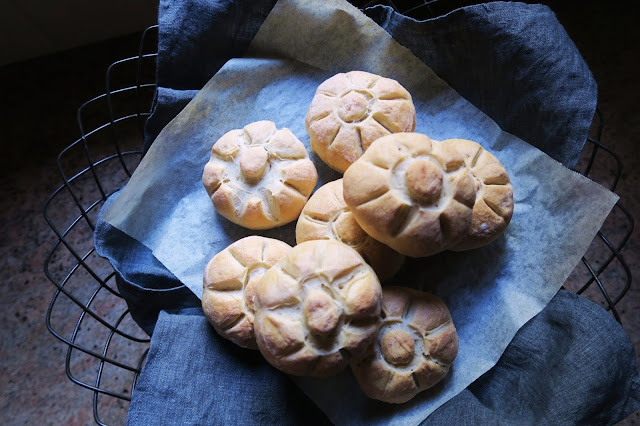The season for making i pomodori (tomato conserve) has arrived and in many Italian families, it is a time when all members - young, old and extended, roll up their sleeves and assist in the old tradition of preserving tomatoes for the coming year.
Family members from different regions compare recipes and argue about which traditional method of making 'i pomodori' yields the most and which process is the best way! I must add that a whole weekend should be put aside and booked well in advance.
My grandparents took on their parents traditions of making tomato conserve, and each region follows a slightly different process. The ingredients remain the same - tomatoes, fresh basil and salt, sometimes garlic or onion is added, but the method/order of processing alters slightly from region to region.
Unfortunately my family stopped making tomato conserve in bulk, and now focus more on making wine, home made sausages and preserving their own olives. This has meant that with three busy weekends already taken out of the annual social calendar, the tomato season has had to take the back burner...but not totally!
Traditionally this process is all conducted outside or in the garage with a gas burner and cauldron. Any mess was just hosed down. My paternal grandparents grew their own tomatoes on their small hobby farm and the pomodori were made outside. My parents and in-laws carried on the tradition in the kitchen or garage and boiled the bottles/jars in a large cauldron outside on an open fire. Many bottles would break as a result of not being able to regulate the intense heat. They eventually upgraded to a gas burner. This tradition continued until all the children married and were happy to escape the hard work. Now however, we look back with fond memories.
I decided to buy a case of roma tomatoes (18kg) and face the challenge on my own - husband at work, children at school, and I didn't even invite the parents! No parents around telling me which regional method is the best. I would use more modern/conventional methods and set about it in a systematic manner. 1/3 would be turned into sundried tomatoes (using the dehydrator); and 2/3 would be turned into conserve and pezzetti (tomato quarters in jars)... with a slight deviation moving into oven roasted tomatoes adding garlic, basil, olive oil, then pureed and packed into jars. All done in the kitchen, using my food processor and stove. Neat, easy, but oh so time consuming. What possessed me?!
 |
Roma tomatoes are ideal for preserving or making conserve. Wash thoroughly and allow to drain before cutting in half and remove any green parts. Cut tomatoes in half and place in the dehydrator for 18 hours. Turn and check them every few hours, to ensure they dry evenly |
 |
Layer the dried tomatoes in a sterilized jar filled with olive oil. Add garlic and fresh basil leaves. The infused oil can then be used in salads. |
Oven roasted tomatoes with garlic and basil. Puree and place in a sterilized jar. This makes a great sauce base on home made pizza
 |
Tomatoes are cut into quarters, add salt, and mix through. Pack firmly into sterilized jars with fresh basil leaves and seal. Place jars in a large saucepan filled and covered with cold water. Bring to the boil and simmer for 1 1/2 hours. Allow jars to cool down in pot with water.
|
Well! That was last weekend. I have to confess that I still have 1/3 waiting for me today. I need to get back into the zone and complete this challenge I set myself without putting my family name to shame. Tomato conserve is what the remainder of the tomatoes will be turned into!
.jpg)






Comments
Post a Comment